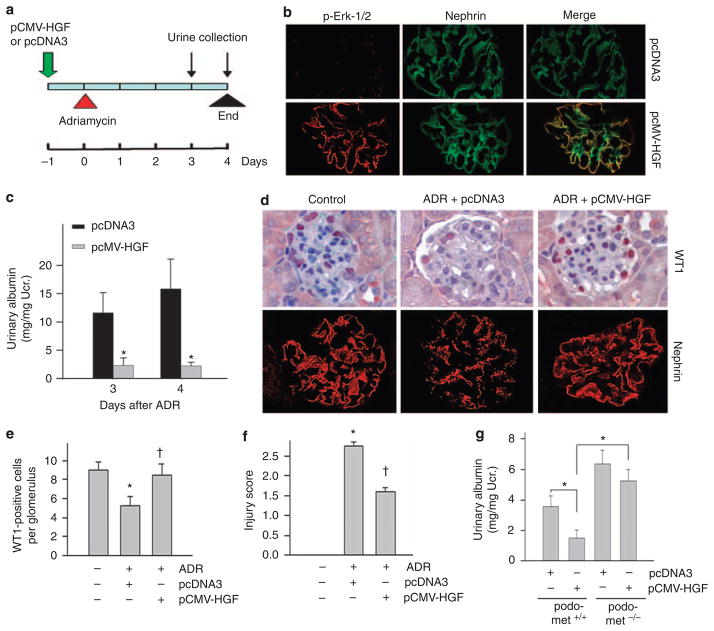Figure 5. Expression of exogenous hepatocyte growth factor (HGF) protects against podocyte injury and albuminuria induced by adriamycin (ADR) in mice.
(a) Experimental design shows the timing of pCMV-HGF plasmid and ADR injections in BALB/c mice. (b) Gene therapy with HGF expression plasmid in vivo induced extracellular signal-regulated kinase-1/2 (Erk-1/2) phosphorylation in glomerular podocytes. BALB/c mice were injected with either empty vector pcDNA3 or pCMV-HGF. Kidney sections were immunostained with specific antibodies against phosphorylated Erk-1/2 and nephrin, respectively. (c) Gene therapy with HGF expression plasmid markedly reduced albuminuria induced by ADR (10 mg/kg body weight) in BALB/c mice. (d–f) Exogenous HGF expression ameliorated podocyte injury (as defined by Wilm’s tumor 1 (WT1) and nephrin loss) in mice. Representative micrographs of WT1 and nephrin staining (d) and quantitative determination of WT1-positive cell number (e) and injury score in different groups (f) are given. *P<0.05 versus vehicle controls; †P<0.05 versus pcDNA3 controls (n = 4–11). (g) Exogenous HGF did not significantly ameliorate albuminuria in podo-met−/− mice after ADR injury. Podo-met−/− mice and their control podo-met +/+ littermates were injected with ADR (25 mg/kg body weight). Urinary albumin was determined at 3 days after ADR injection. *P<0.05 (n = 4–5).

